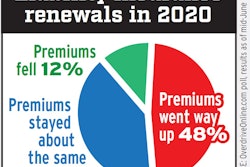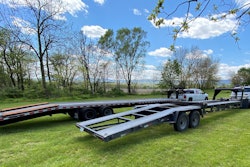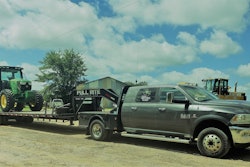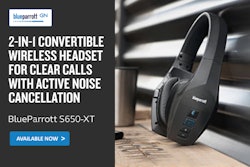Updated as of August 3, 2020, to reflect the most current information. Find profiles of three relatively new hotshot businesses via the recent 2020 feature anchored at the following link:
[Related: Hotshot trucking retains its fundamental allure.]
Going into hotshot trucking as an owner-operator is in a lot of respects no different from moving into business with a Class 8. The biggest differences lie in the obvious equipment choices given the Class 3-5 nature of hotshot operations. For a leased owner-operator, too, getting used to operating under your own authority and bearing those added costs and procedures is key.
Establishing the business
When it comes to regulatory requirements, interstate hotshot businesses face many of the same regulations as those of interstate Class 8 haulers.
It’s possible to lease your hotshot to a larger entity, particularly if you’re in an area with a lot of oil drilling, but most hotshot businesses operate with their own motor carrier authority, requiring well less than $1,000 for federal and state filings at startup. The biggest initial cost, unless you’re leased, is buying at least $750,000 worth of primary liability insurance coverage, a requirement to run interstate.
The good news is that insurance coverage may generally cost a little less than what a Class 8 truck owner-operator typically pays. The bad news? It’s unlikely to cost much less, and depending on your situation and your equipment, you might pay more.
Unless you’re able to lease to a business, you’ll need your U.S. Department of Transportation motor carrier authority and all that entails, including that primary commercial auto liability insurance, membership in a drug and alcohol testing consortium, required driver qualification filings, adherence to hours of service regulations and the like.









